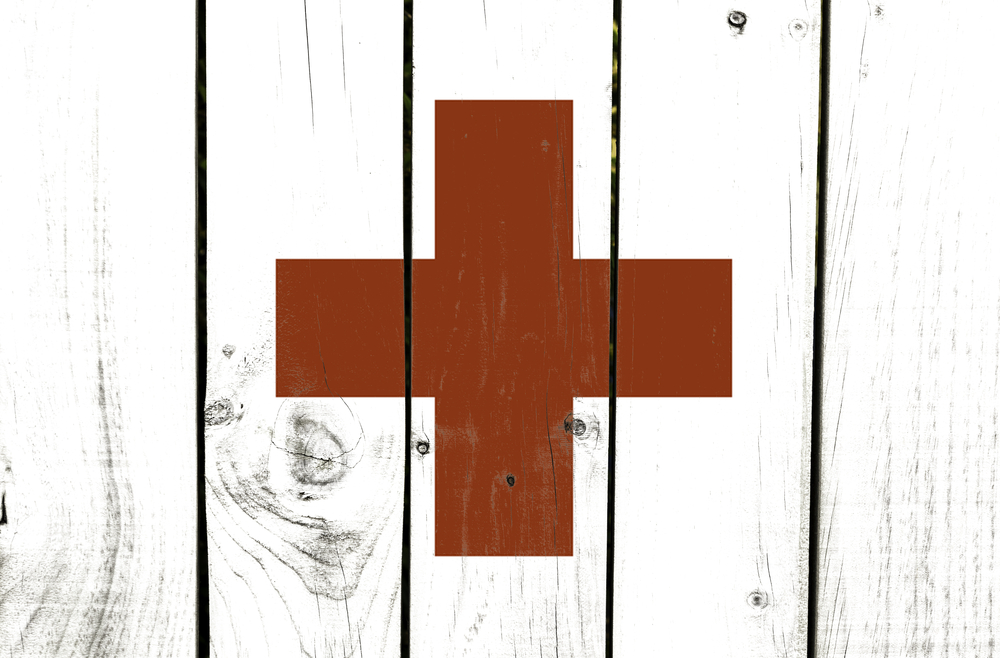
The Department of Science and Technology (DOST), through its Philippine Council for Health Research and Development (PCHRD) in partnership with DOH and other institutions, plans to deploy at least 100 more RxBox devices by the end of 2016.
This was revealed in the second eHealth Summit held during the recent National Science and Technology Week celebration at the SMX Convention Center in Pasay City.
RxBox is a device with built-in medical sensors capable of storing data in an electronic medical record, transmitting health information via the Internet upon the consent of the patient, and facilitating tele-consultations.
The deployment of the devices aims to help promote inclusive health or equitable access to quality healthcare by all Filipinos regardless of socio-economic status. The move is part of DOST’s efforts to expand ICT-based innovations in health or eHealth, in a bid to broaden and improve access to healthcare services and real-time health information for better decision-making.
“I am convinced that eHealth can address our challenges in accessing healthcare services and accessing real-time information for decision making. In my travel especially in island provinces, I saw how RxBox can help both patients and health workers. The benefits are enormous and beyond healthcare,” DOST Secretary Mario G. Montejo attested in his message for the Summit which was delivered by PCHRD Executive Director Dr. Jaime C. Montoya.
Currently, RxBox devices are deployed in 115 health centers all over the country.
Another eHealth innovation supported by DOST, the Philippine Health Information Exchange (PHIE) is also set for full implementation by 2016.
PHIE aims to harmonize data records from hospitals to ensure accurate and timely health information is available to both health practitioners at point of service and decision makers for more effective and efficient provision of health services.
PHIE will also help avoid duplication of treatments and eliminate redundant and unnecessary tests for patients seeking treatment from different hospitals.
“The PHIE is envisioned to become an integral component of healthcare delivery system as a platform where health facilities and healthcare providers can communicate and interoperate to provide better and real-time healthcare services to our citizens,” said DOH Secretary Janette P. Loreto-Garin in her message read by Undersecretary Dr. Vicente Belizario Jr.
Such eHealth innovations change the way information is collected, processed, and accessed to plan, manage, deliver and monitor health services, according to Dr. Garin. From the traditional practice of paper form transactions and manual reporting, the country is moving toward automated yet integrated processing and aggregation of data and information in electronic databases, thereby allowing the information to be searchable, accessible, usable, and actionable.
As of press time, 85 hospitals are already inputting their data into the PHIE registries.
The PCHRD and Ateneo de Manila University have also started rolling out eHATID LGUs or eHealth Tablet for Informed Decision Making of Local Government Units, an android application in a tablet that provides health information and decision-making support to LGUs through an electronic medical record that generates particular health reports for the DOH and Philippine Health Insurance Corporation. For 2014-2015, the project will deploy the eHATID to 450 cities and municipalities nationwide.